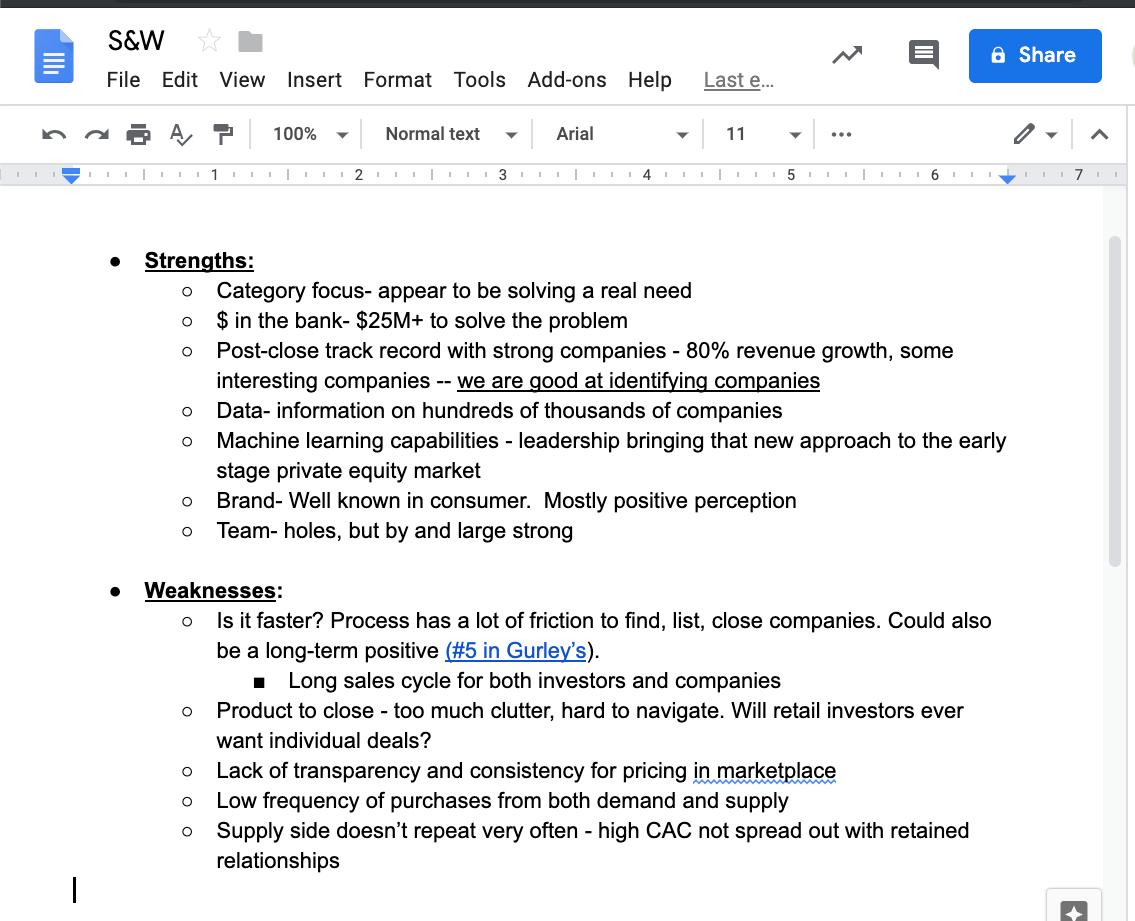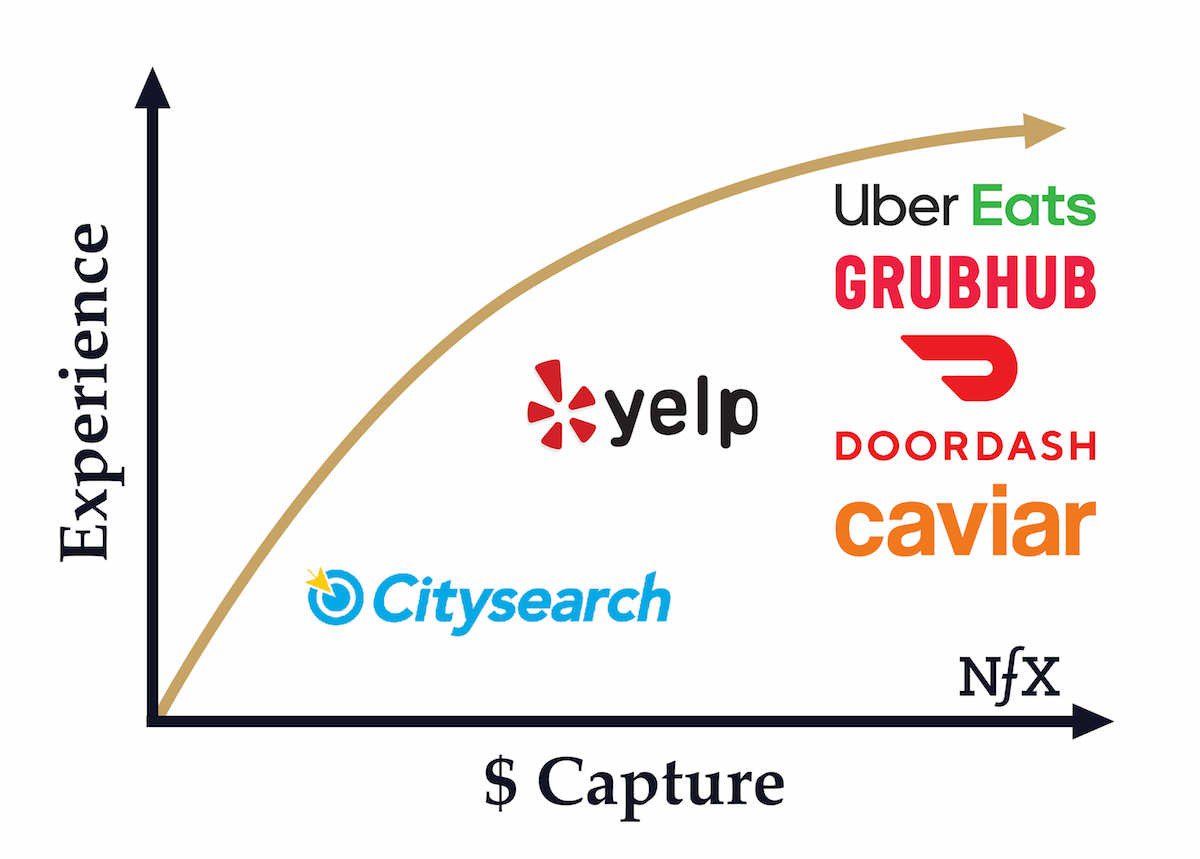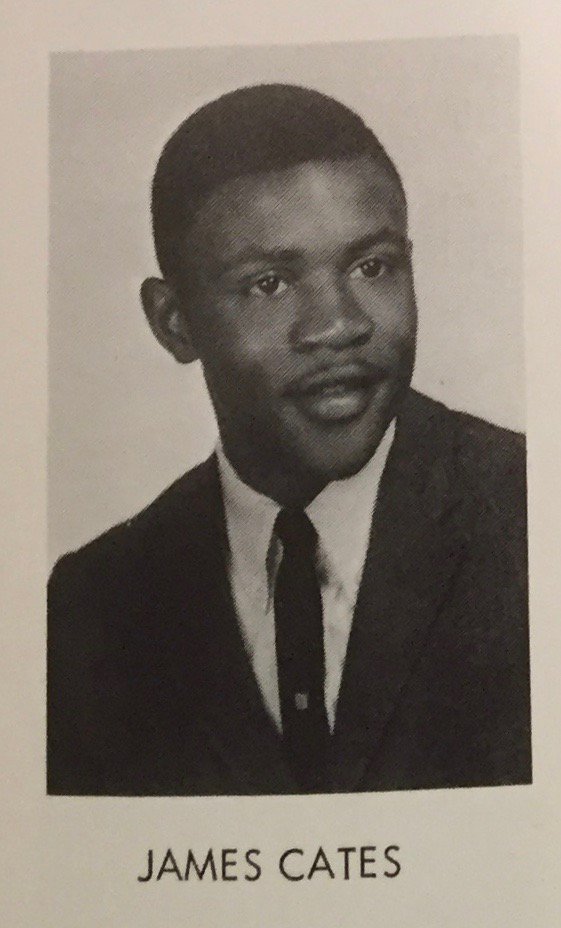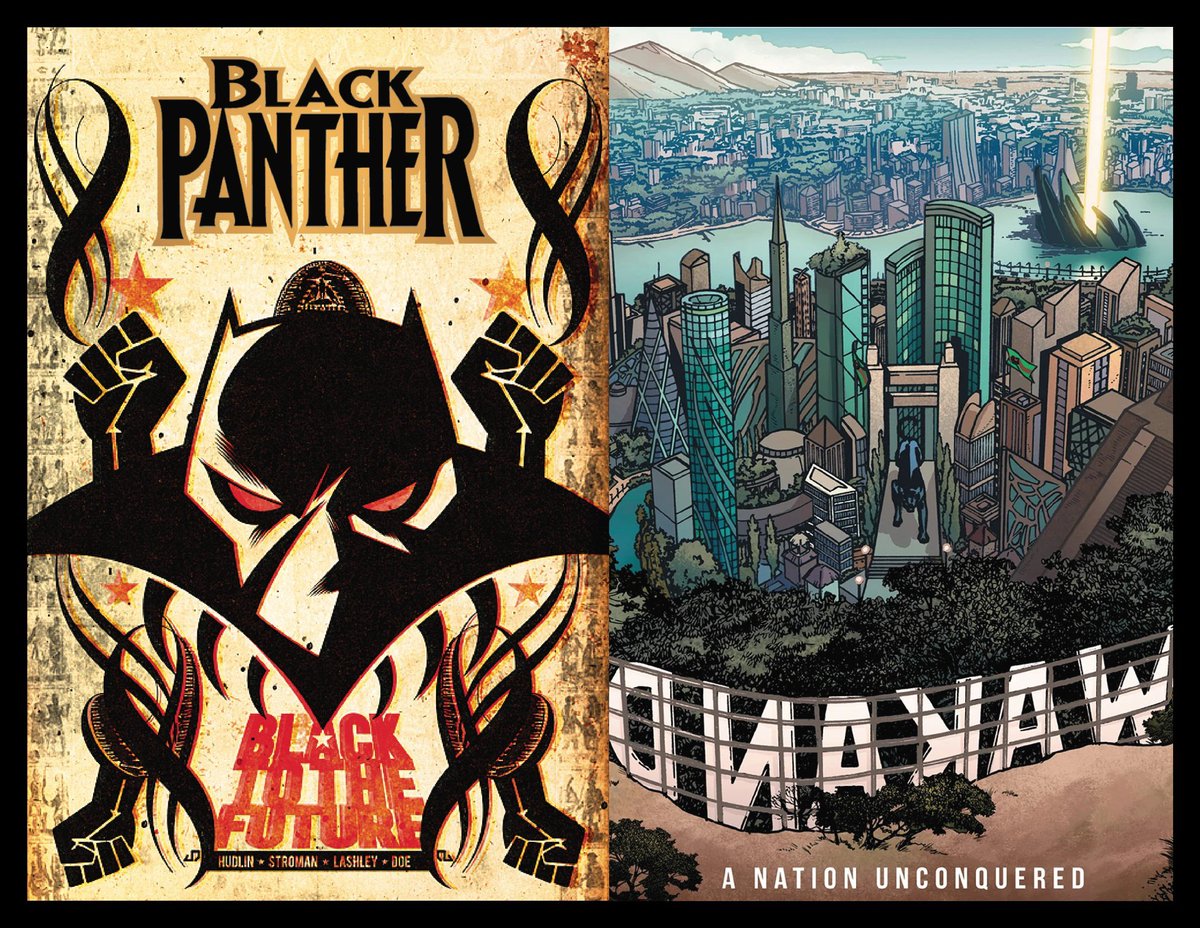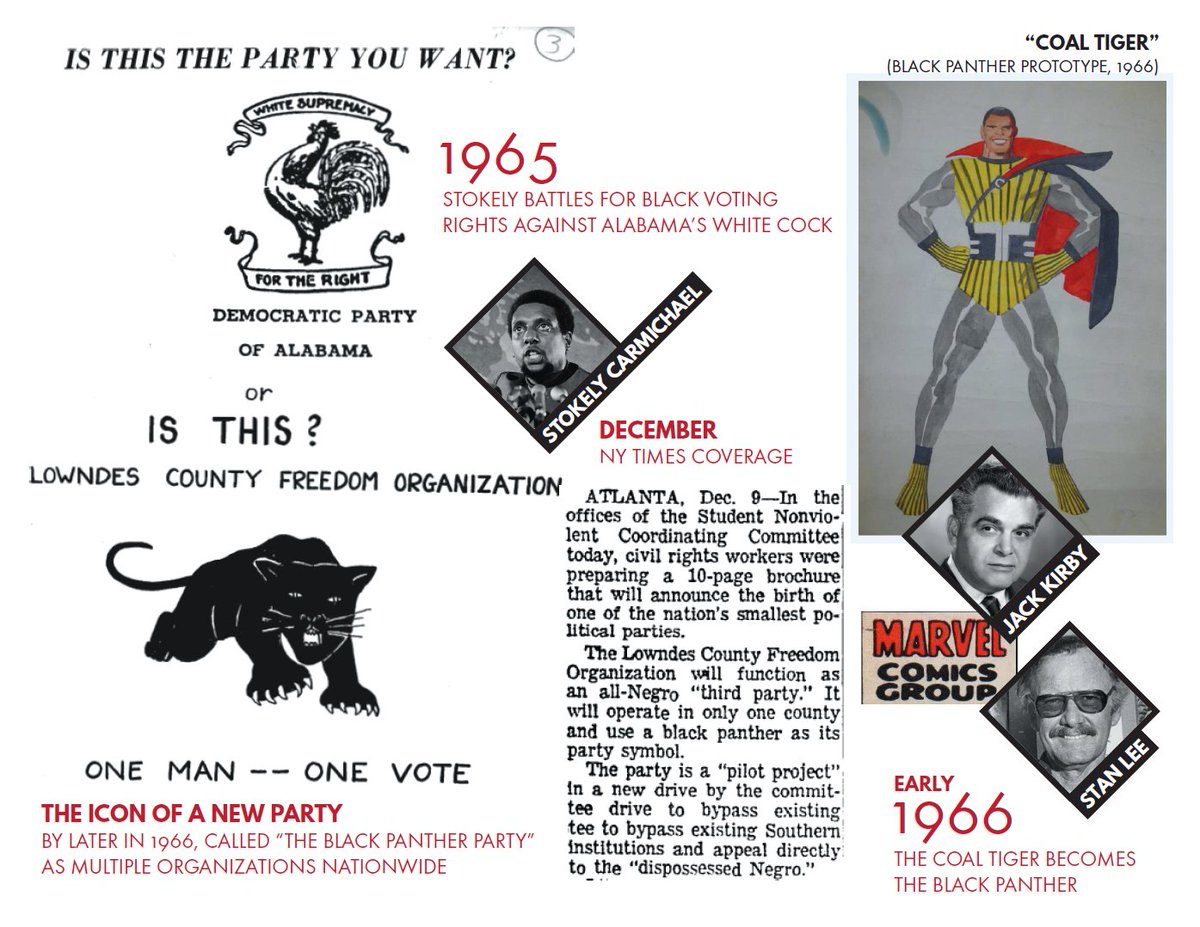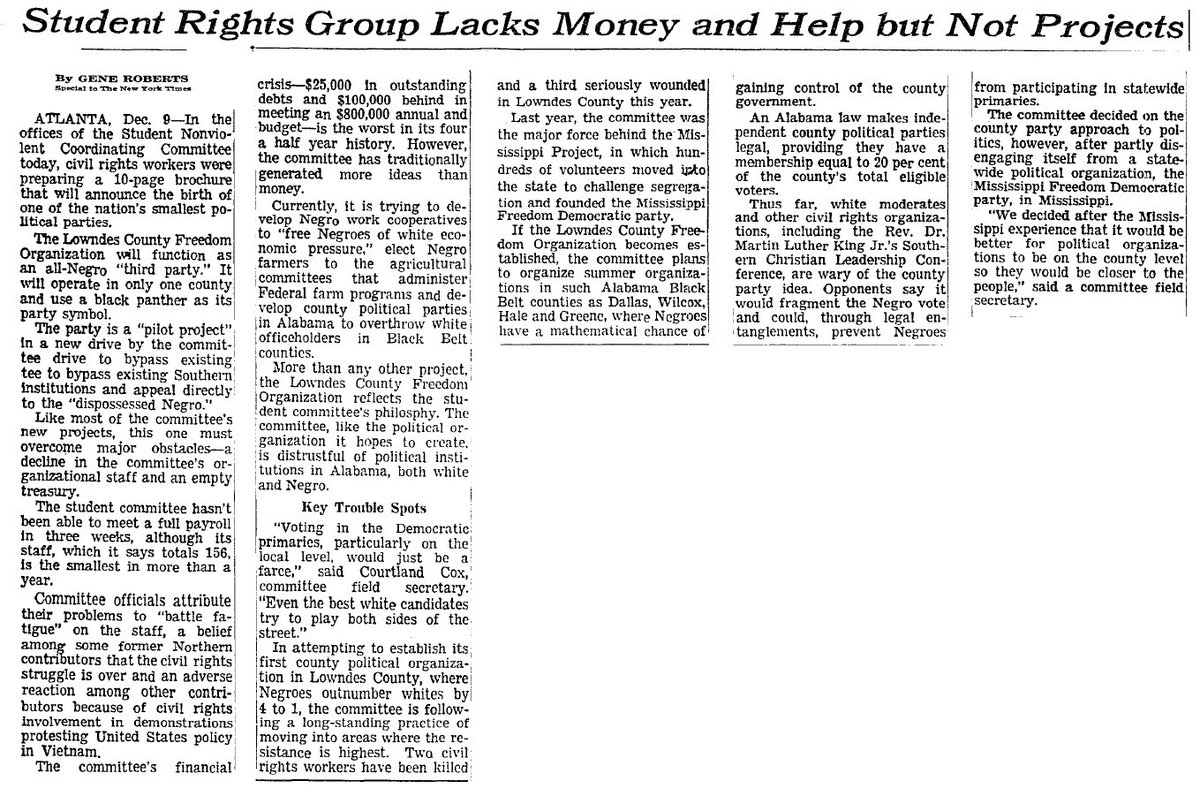This will be rambly and represents the chaos in my head at the time. There is [hopefully] no advice here. I don’t know if we did it right.
entrepreneur.com/article/308975
I feel shame about the word.
The point of this TS is to give the raw version of what I felt, so I'll resist the temptation to hide behind a "we" in some instances.
Then it happened. February 2016.
Imagine feeling like that for an entire day. I felt that way for months.
I feel so much shame to admit that, but it’s the truth.
“No sacred cows” we both said.
@roryeakin and I decided to do this work from the new office. Unfurnished, massive, and by ourselves. It was bizarre imagery.
The board hated the idea.
circleup.com/helio/
That intensified the isolation I felt.
In a time I needed others I was alienating myself.
I asked myself 5x a day: Why would anyone believe in me again? I never came up with a good answer, which still haunts me.
Then it was out in the world. I had to answer lots of questions (I didn’t have answers), I had to write a vision blog.
I still do.
The professionalism was remarkable. I didn’t feel worthy.
[We never announced the round - you won’t find it on Crunchbase]
CircleUp is an investment platform powered by technology. medium.com/@ryancaldbeck/…
So I’ll spare you.
